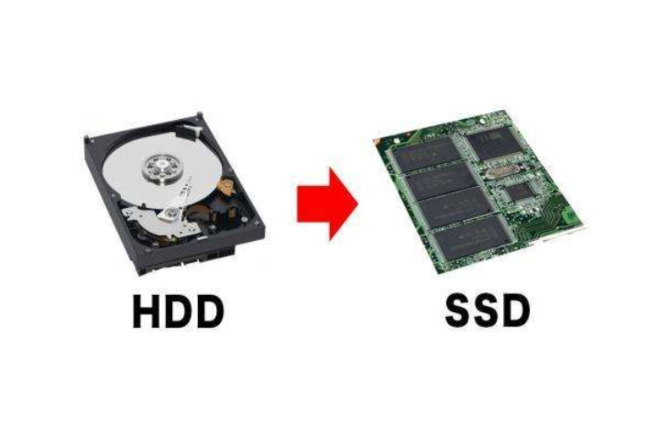SSD industrial storage innovation road
NAND is a non-volatile storage, industrial storage that can save data even after power failure. NAND flash memory is very popular in MP3 players, cameras and SSDs. In the early stages of flash memory, researchers increased the density of two dimensions on the same size silicon chip, while steadily reducing the cost per gigabit. This is achieved by reducing the size of the data unit.
· Single-level cell (SLC, Single-Level Cell) structure, that is, each cell has a bit, followed by multi-layer cell (MLC) and three-level cell (TLC) designs. But as the unit shrinks, maintaining its endurance becomes more challenging, and performance growth begins to slow down, so its further profit prospects don't look good.
· However, flash memory design has progressed from two-dimensional to three-dimensional. 3D V-NAND flash memory chips can stack the cell layers vertically, resulting in lower density and power consumption, faster read/write speed, and stronger endurance.
· 3D NAND is not the only innovation area of SSD. Storage class memory (SCM) is a new persistent storage technology. Typical products on the market include 3D XPoint (Intel), Z-SSD (Samsung), etc. It is sometimes called persistent memory (PMEM). It supports writing data in smaller sizes and facilitates faster and more efficient read/write processes. The density of this memory technology is 10 times that of ordinary flash memory and 1000 times faster than ordinary flash memory.
· Another important development is the emergence of non-volatile memory (NVMe) technology. The NVMe specification allows SSDs to use the high-speed PCIe bus to reduce latency, increase IOPS, and reduce power consumption. When combined with a dual-port system, NVMe brings an enterprise SSD architecture that scales horizontally and vertically. This will make the non-volatile memory as close as possible to the processor, which is 10 times faster than a single enterprise SATA SSD.
This fast, non-volatile storage bridges the gap between RAM and SSD to some extent, and the performance-price ratio is somewhere in between. It can be accessed by the operating system like any other permanent storage device, or it can be deployed in a DIMM slot and accessed by the operating system as memory.
Maximum capacity: SSD VS HDD
Long ago, the release of 1 TB HDD can be said to be a big news, and the capacity of HDD is generally larger than that of SSD. But this situation quickly changed dramatically. 3D NAND SSD capacity exceeding 1 TB (2.5 inches) is now very common. Samsung recently released a 30 TB SSD and released a product roadmap. It plans to release a 100 TB SSD before 2020. By then, 3D NAND will gain the largest share of the enterprise SSD market.
Enterprise SSD capacity doubles every year, surpassing HDD capacity growth. Up to 120k IOPS in sequential reads of 2000 MB/s and random read operations, such performance is now very common in NAND and V-NAND technologies.
High-capacity SSDs make sense for many applications, but not all. They are great for cloud applications, such as video and media streams that support content sharing traffic, and active archiving applications in which highly sensitive information will not be overwritten. However, read-intensive workloads may require an appropriate amount of persistence to provide users with consistent data throughput to ensure the rapid delivery of user-requested information. This makes the need for enterprise SSDs to achieve a balance between capacity and performance is increasing.
